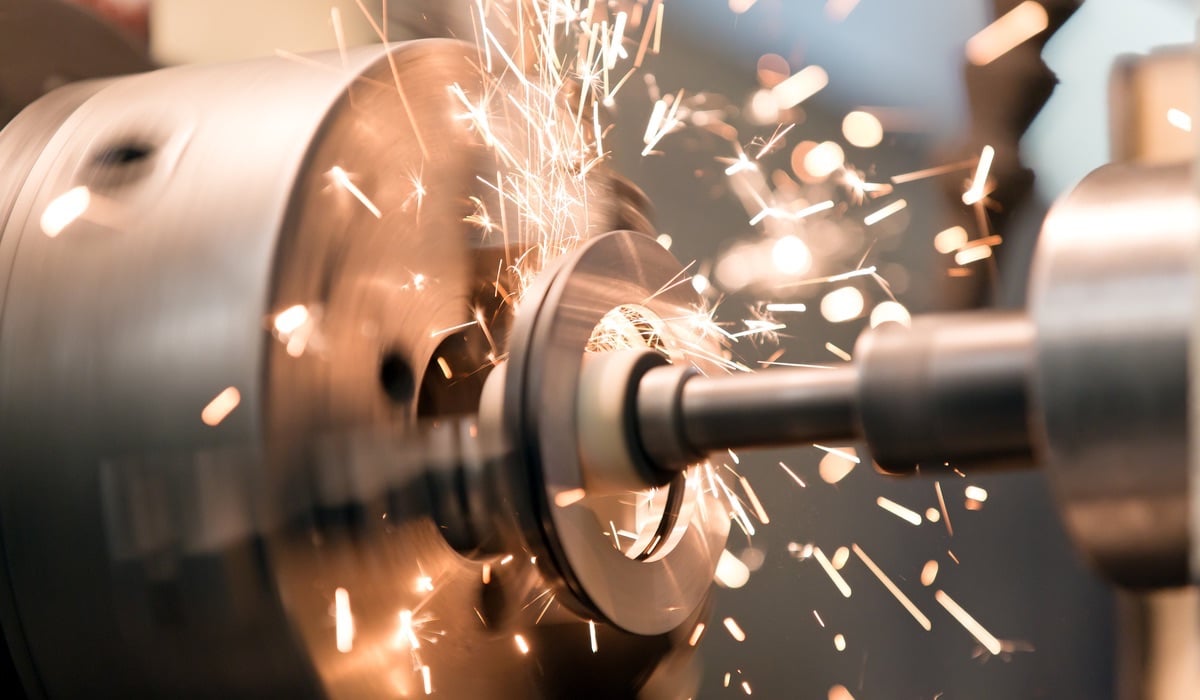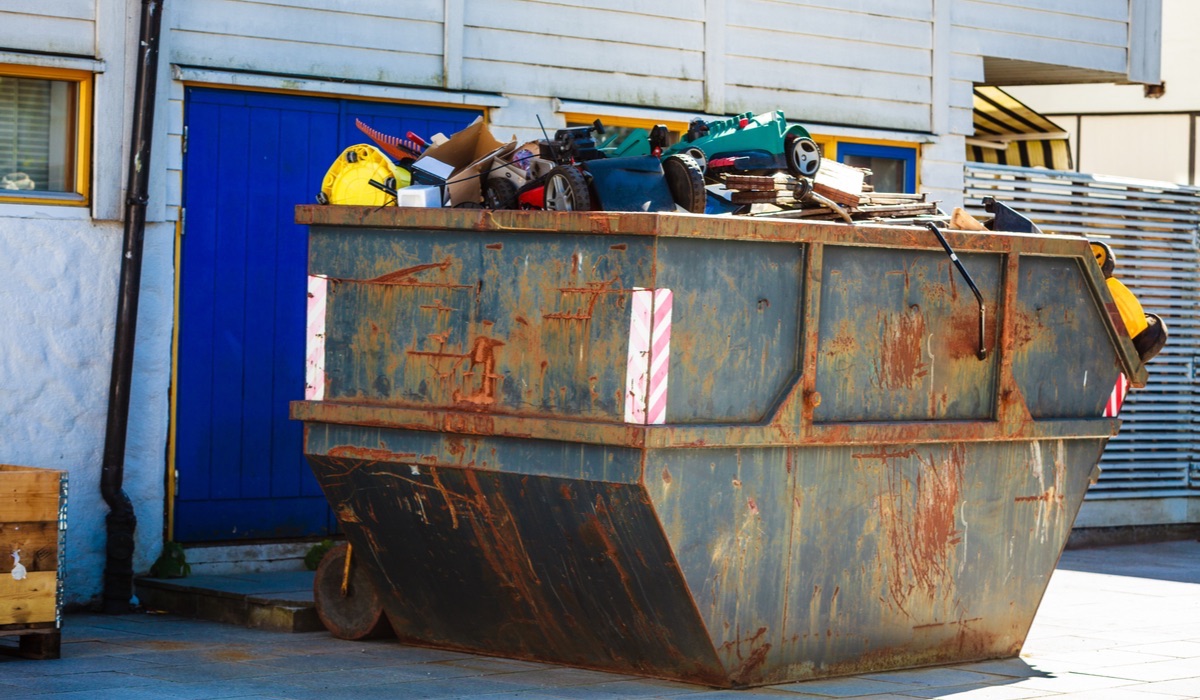Unethical or morally gray manufacturing practices are not uncommon for many factories across the globe, most commonly situated in third world or developing countries, for their cheaper manufacturing options. The figures, from the UN’s International Labour Organisation (ILO) and the Walk Free Foundation, show
24.9 million people across the world were trapped in forced labour for 2016. These cheaper conditions translate into unregulated conditions with little to no regulation and monitoring of working conditions, most of them horrific.
These situations have lead to an increase in monitoring and auditing solutions to try and regulate the some of the terrible working conditions that many retail brands have been susceptible to over the years.
Despite this, there are still many that fail to meet certain international standards and regulations put forth, making it absolutely necessary to know just what you need to avoid!
In this blog post, we dive into some of the
most common reasons that households goods suppliers fail their quality audits and what you can do to make sure your retail brand doesn’t fall into this pool.
Technical Failures
A technical audit is used to evaluate and assess a factory’s existing quality systems from policies and organizational structures, to the defined roles and responsibilities of the factory’s staff.
So what are some of those common reasons a supplier may fail their technical audit?
Disorganised documentation – As mentioned above, your supplier’s quality policies, records, reports and all documentation will be reviewed. Many factories often run on outdated systems like old excel spreadsheets, which opens your brand up to human error and potential risks that can be avoided. Without adequate reporting procedures or quality policies, the likelihood that your production requirements will be met, according to specification and in compliance with its destination market, will often not be the case if you choose to work with a supplier that has undefined and disorganized systems.
Calibration and Upkeep of Machinery and Equipment – Many factories are dotted between third world and developing countries. There is a reason why Europe and U.S.A prefer to source abroad. It is often a lot cheaper than what they can find within their own borders, but that does not come without its own set of challenges.

Many factories struggle with resources and finances, which means their money will often go into sourcing raw materials for the next production before putting money into the servicing of their machinery and equipment. This will mean that when an auditor comes to inspect the factory and its layout that the machinery is often out of calibration or filled with too much oil, which can contaminate your product and potentially places your brand in a risky position. Not ideal.
Social Failures
A
social audit assesses the social systems and structures that your supplier has in place. Social compliance audits are always in line with the standards as laid out by SA8000;
Child labour – Many social audit failures arise from being socially non-compliant with child labour causing an immediate “zero tolerance” failure. This is a serious viol

ation. If this is discovered during your audit process, it is recommended to rather find a different supplier. There are no grounds where this is acceptable.
Hazardous working conditions – Hazardous and unsafe working conditions are not unheard of in many third world factory’s across the globe and are often the cause of factory technical audit failure. Things like faulty Personal Protective Equipment (PPE), expired fire extinguishers, no clearly marked exit signs, exits not in working order, machinery that is in need of calibration or lack of safety gear found on heavy machinery can lead to audit failure. These safety violations are easy enough for your supplier to address and solve, so bear this in mind upon receiving audit results as you will often need to factor in corrective time for your supplier.
Panasonic and Sony have been caught in supply chain scandals, which have created immense amounts of bad media coverage for the global electronic brands. They have been accused of unfair labor practices in factories, vastly underpaid staff and electrical components that are said to be sourced from parts of the world known to be inclusive of child slave labour.
Environmental Failures
With regards to ISO 14001, while it’s not a mandatory compliance standard, it is a little more complex to navigate because of this. But as the rules of engagement in retail have shifted into the hands of the consumer, retail brands are forced to rethink the application of this standard within their supply chain.
Consumers today, are interested in
reducing their environmental impact on the planet and your brand should help them do just that.
How you ask?
By complying with the guidelines of ISO 14001:15 – In saying that what are some of the common reasons many factories fail environmental audits?
Incorrect methods of waste storage or disposal – This is often a problem as many factories do not have the capability or facility to dispose of their waste correctly. If your factory disposes fumes into the atmosphere or disposes untreated water into sewerage systems, it is considered to be an environmental risk and grounds for audit failure. Often a certified third-party waste disposal company will need to come and collect your waste to ensure that is disposed of correctly; your supplier can receive certificates, stating correct disposal as well.

Let’s take a look at how this could play out;
Wal-Mart paid a criminal fine of $11 million and another $3 million to the Missouri Department of Natural Resources, for violating the Clean Water Act by illegally disposing of hazardous waste materials. This is a serious violation and a costly one at that, environmental violations are not taken lightly so bear that in mind as you proceed.
Conclusion
Understanding the most common reasons for quality audit failure allows you insight into the kind of supplier your brand should be aligning itself with.
These audits are complex (especially the social and environmental audits), and it is up to the observation skills of your chosen auditor that will determine the level of compliance that a supplier meets.
The audit report that your retail brand receives will present you with a full picture of all the risks a third-party auditing company is trained to see. It will be up to you to make a final decision, bearing in mind the authoritative position consumer’s today are in, by putting your customers first and producing products in an ethical manner, you automatically put your brand first.
Let us know in the comments section if this has been helpful information for you.
Ever wondered whether environmental auditing was for you?
Check out our visual guide to help you on your way!
 Many factories struggle with resources and finances, which means their money will often go into sourcing raw materials for the next production before putting money into the servicing of their machinery and equipment. This will mean that when an auditor comes to inspect the factory and its layout that the machinery is often out of calibration or filled with too much oil, which can contaminate your product and potentially places your brand in a risky position. Not ideal.
Many factories struggle with resources and finances, which means their money will often go into sourcing raw materials for the next production before putting money into the servicing of their machinery and equipment. This will mean that when an auditor comes to inspect the factory and its layout that the machinery is often out of calibration or filled with too much oil, which can contaminate your product and potentially places your brand in a risky position. Not ideal.
 ation. If this is discovered during your audit process, it is recommended to rather find a different supplier. There are no grounds where this is acceptable.
Hazardous working conditions – Hazardous and unsafe working conditions are not unheard of in many third world factory’s across the globe and are often the cause of factory technical audit failure. Things like faulty Personal Protective Equipment (PPE), expired fire extinguishers, no clearly marked exit signs, exits not in working order, machinery that is in need of calibration or lack of safety gear found on heavy machinery can lead to audit failure. These safety violations are easy enough for your supplier to address and solve, so bear this in mind upon receiving audit results as you will often need to factor in corrective time for your supplier.
Panasonic and Sony have been caught in supply chain scandals, which have created immense amounts of bad media coverage for the global electronic brands. They have been accused of unfair labor practices in factories, vastly underpaid staff and electrical components that are said to be sourced from parts of the world known to be inclusive of child slave labour.
ation. If this is discovered during your audit process, it is recommended to rather find a different supplier. There are no grounds where this is acceptable.
Hazardous working conditions – Hazardous and unsafe working conditions are not unheard of in many third world factory’s across the globe and are often the cause of factory technical audit failure. Things like faulty Personal Protective Equipment (PPE), expired fire extinguishers, no clearly marked exit signs, exits not in working order, machinery that is in need of calibration or lack of safety gear found on heavy machinery can lead to audit failure. These safety violations are easy enough for your supplier to address and solve, so bear this in mind upon receiving audit results as you will often need to factor in corrective time for your supplier.
Panasonic and Sony have been caught in supply chain scandals, which have created immense amounts of bad media coverage for the global electronic brands. They have been accused of unfair labor practices in factories, vastly underpaid staff and electrical components that are said to be sourced from parts of the world known to be inclusive of child slave labour.
 Let’s take a look at how this could play out;
Wal-Mart paid a criminal fine of $11 million and another $3 million to the Missouri Department of Natural Resources, for violating the Clean Water Act by illegally disposing of hazardous waste materials. This is a serious violation and a costly one at that, environmental violations are not taken lightly so bear that in mind as you proceed.
Let’s take a look at how this could play out;
Wal-Mart paid a criminal fine of $11 million and another $3 million to the Missouri Department of Natural Resources, for violating the Clean Water Act by illegally disposing of hazardous waste materials. This is a serious violation and a costly one at that, environmental violations are not taken lightly so bear that in mind as you proceed.
